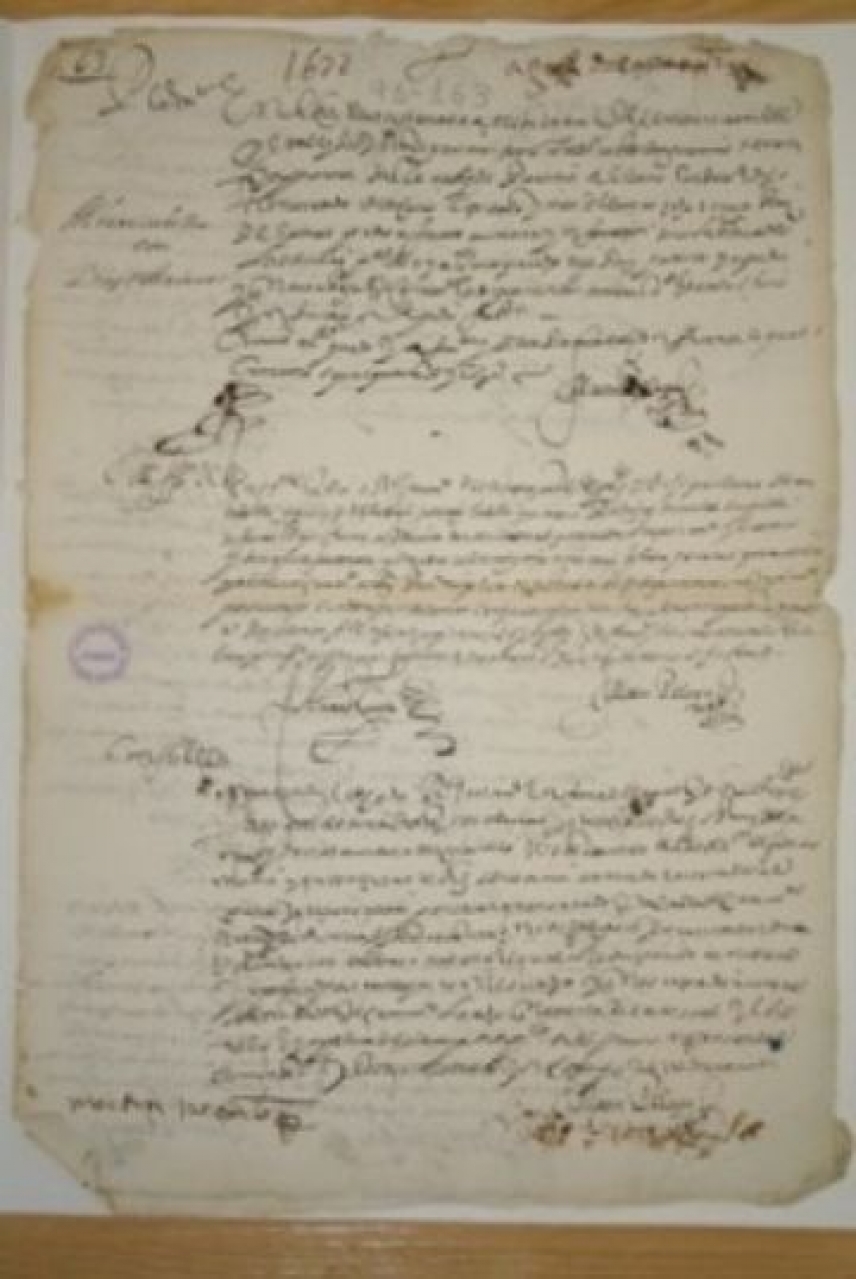
The magazine Il Confronto Letterario, published by the University of Pavia and one of the most important as far as medieval and modern literature and art is concerned, published in its latest issue a monographic article on playwright Alvaro Cubillo de Aragón, a contemporary of Calderon de la barca, Tirso de Molina and Lope de Vega and author, among other works, of El enano de las musas, Curia leónica, El Conde de Saldaña or Las muñecas de Marcela. On this occasion, the publication does not intend to recover the literary production of Granada author, but reveals a part of his past hidden for centuries: its Moorish origin.
Proofs have been found and documented by Santiago Otero Mondejar, doctor and researcher of the Department of Modern History at the University of Cordoba in the National Historical Archive, that reinforce Moorish permanence in Spain following Moorish expulsion in 1609, and how some of the families that achieved notoriety in the following decades and centuries precisely came from this Moorish community. For Santiago Otero, Alvaro Cubillo de Aragon is a new case of 'an individual with a Moorish ancestry whose significance transcends daily life of the grenadine minority in Castilla', thus adding to the very small group of Moorish people who stood out in political, cultural or intellectual scenes of the time, such as Francisco Núñez Muley, translator Miguel de Luna or Jesuit Ignacio de las Casas.
Moorish permanence was recognized by the same Crown that decreed their expulsion. At least this is what Santiago Otero tries to prove with his research, as he emphasizes the fact that Philip IV himself would certified Álvaro Cubillo´s Cristian ancestry in 1622 and 1623 via two royal decrees conserved in the archive. Many other Spaniards had to undergo a similar 'ethnic cleansing' process to continue living in what was their land for centuries, indeed hundreds stayed, as proven by Professor Enrique Soria Mesa research team.
The article of Il Confronto Letterario carefully reconstructs genealogy of Granada playwright´s closer family, all of them defined by Prof. Soria who now continues his research in Leverpool, as descendants of 'Moorish gentlemen from the Kingdom of Aragon', born in Granada and enlisted in the Campo de Calatrava after the Alpujarras rebellion.


